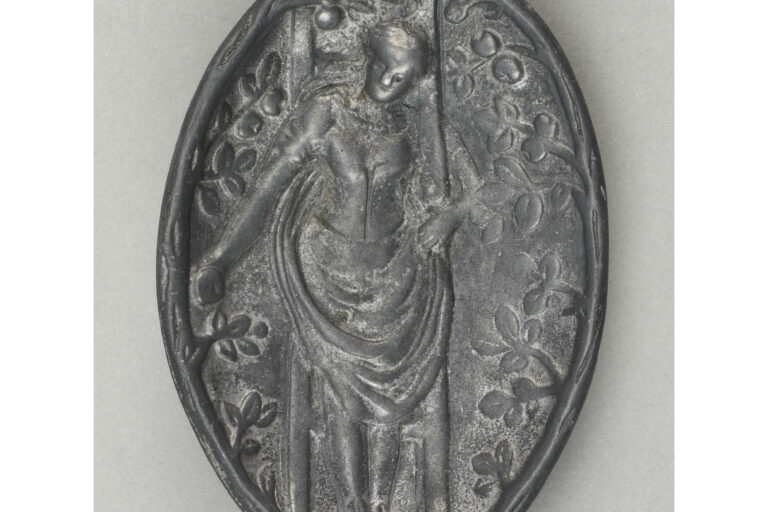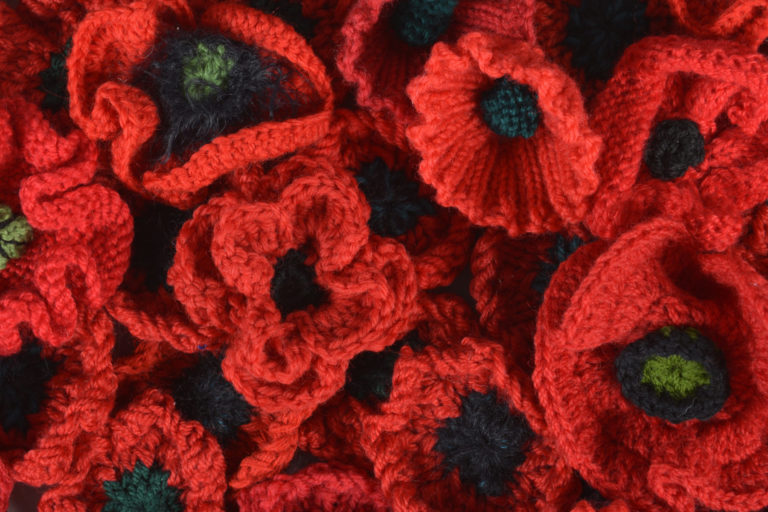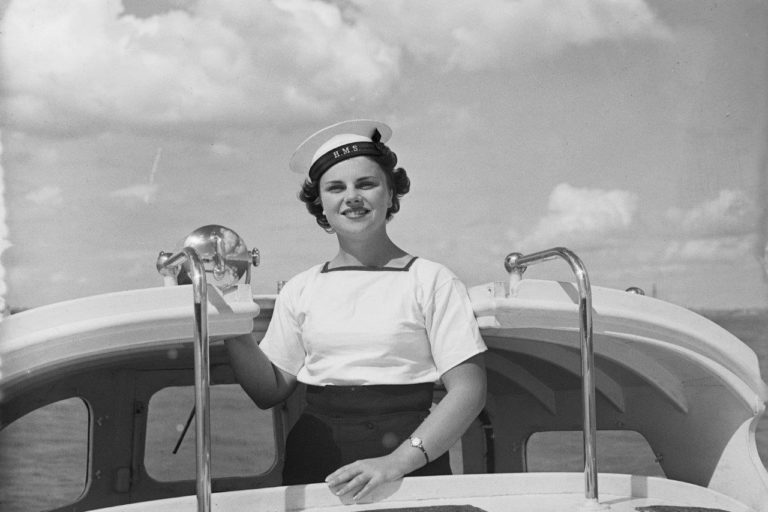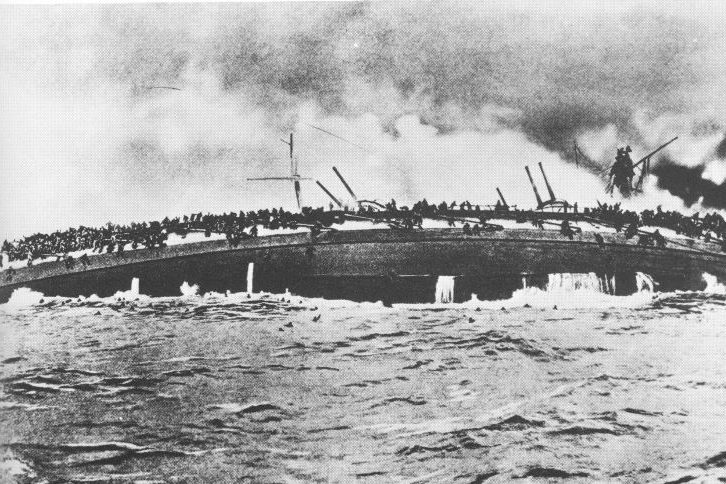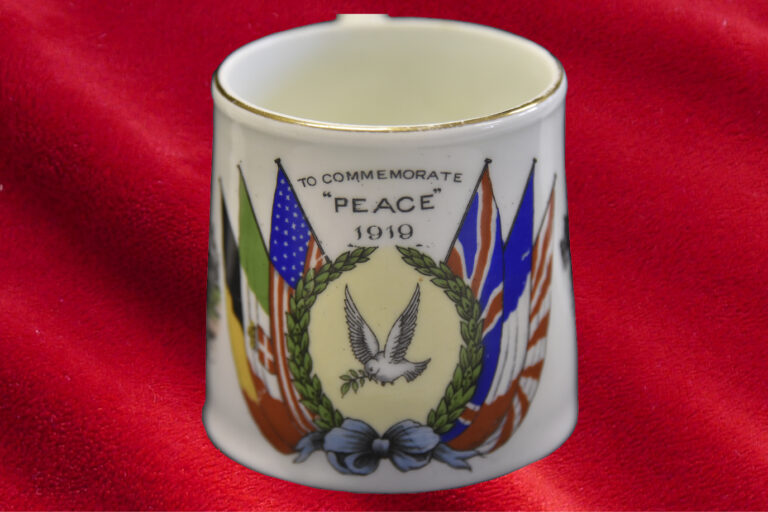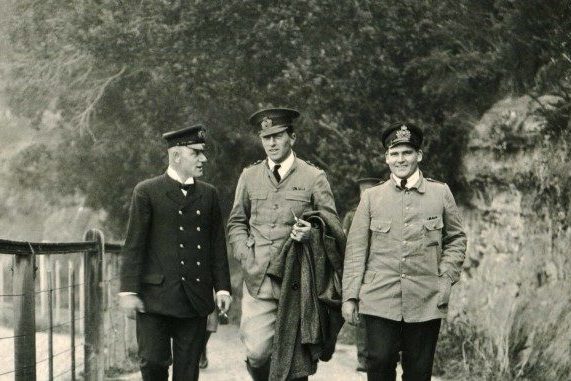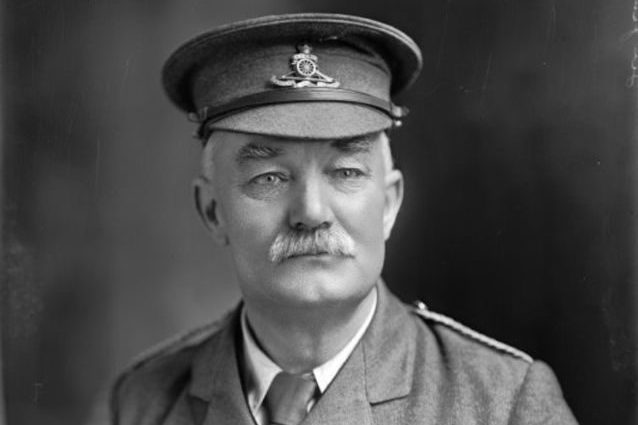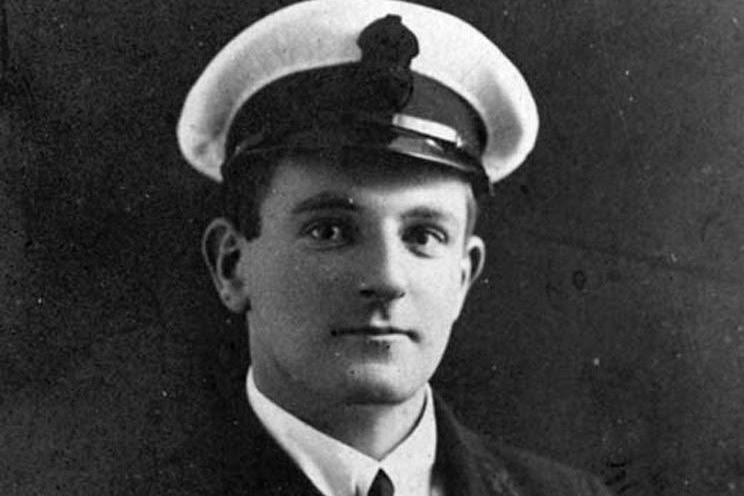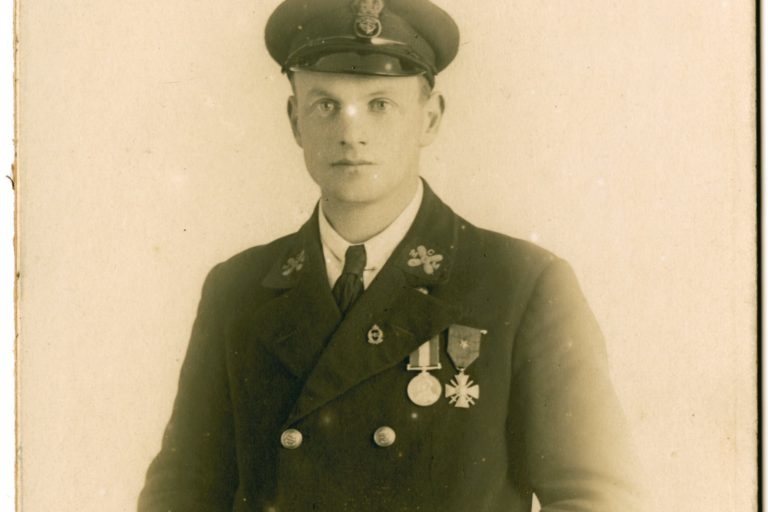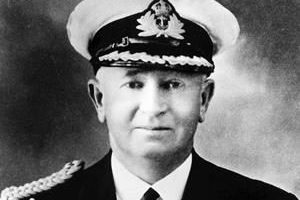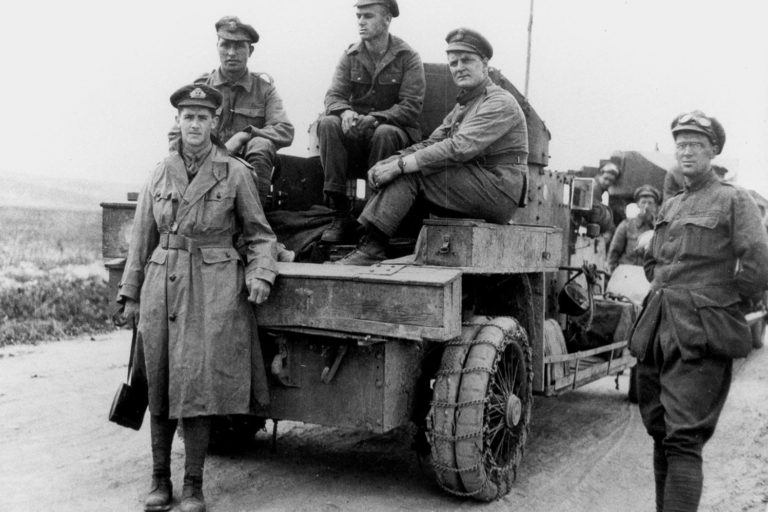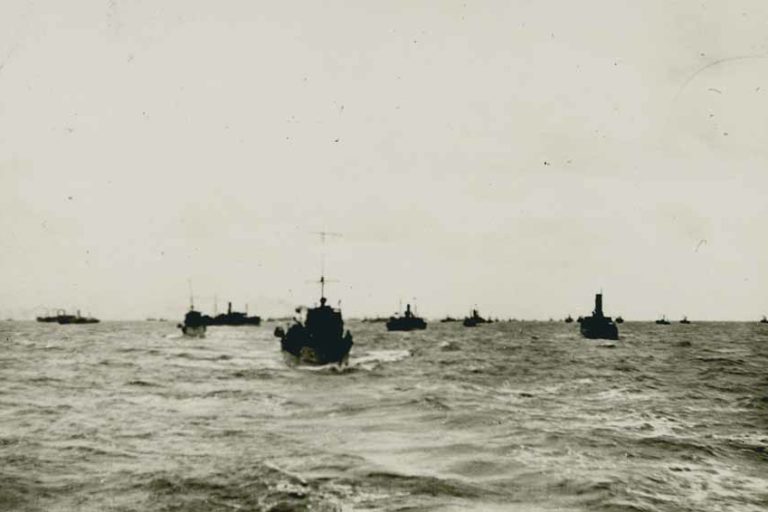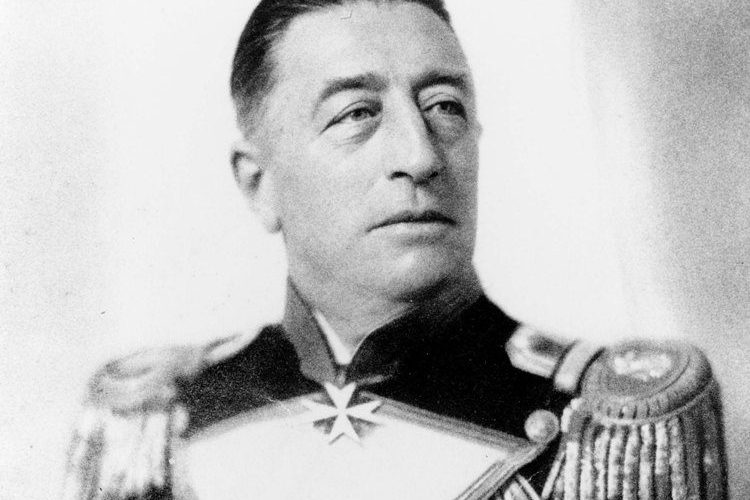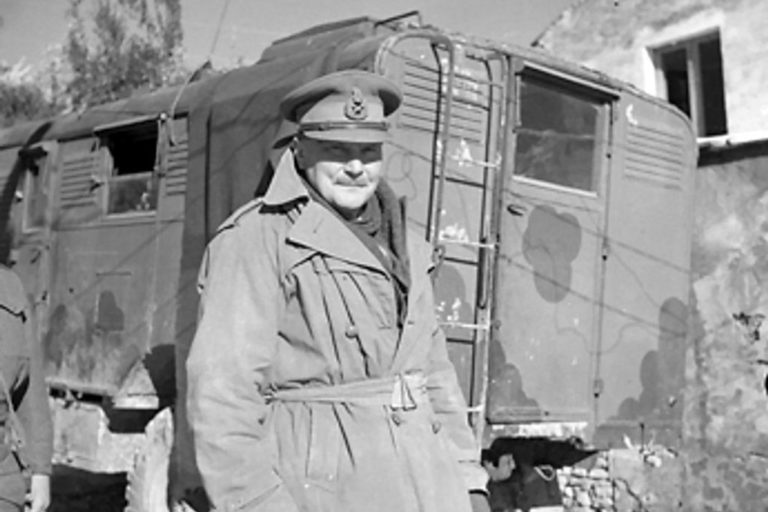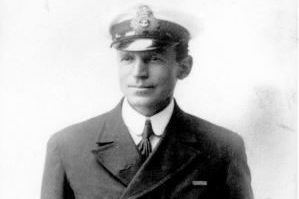Alexander Boyle the first Commanding Officer of the Canterbury Division of the RNZNVR and a well-known South Canterbury farmer. Lieutenant Alexander David Boyle is the only known New Zealander to have served at all three major naval battles of World War One.
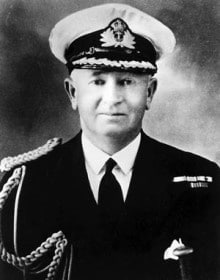
Boyle Alexander David Captain RN and RNVR (NZ)
Captain Alexander Boyle the first Commanding Officer of the Canterbury Division of the RNZNVR and a well-known South Canterbury farmer. [1] He was always known by his middle name David. He came from a very well connected family. For example Sir Bernard Fergusson, Governor-General 1962-1967, was Captain Boyle’s first cousin.
Boyle was the son of Mr. Alec Boyle and was born at Otaio in 1887. Educated at Christ’s College and Wanganui Collegiate School, he joined the Navy as a Midshipman and served in the Channel Fleet, and HMS Powerful, flagship of the Australian Squadron. Later he was a Sub Lieutenant in HMS Triumph with the Home Fleet before his appointment to HM Royal Yacht Victoria & Albert where he was promoted to Lieutenant.
In 1913 he was serving in HMS New Zealand when the ship visited this country to show the nation the gift warship they had provided to the mother country. He continued to serve in this ship and saw action at Heligoland Bight and the Battle of Jutland on 31 May – 1 June 1916. During the Battle of Jutland he was the Officer in Charge of X turret, which with its 2 x 12” guns was hit during the action. The splinter is housed in the Navy Museum in Devonport today. For his actions during the Battle of Jutland he was Mentioned-in-Despatches.
Boyle was also present at the Naval Action of Dogger Bank for which he was awarded the Croix de Guerre. This makes him the only known New Zealander to have been present at all three major naval battles of the First World War. He returned to New Zealand in HMS Chatham and retired from the Royal Navy in 1920 as a Commander.
In 1928 Commander Boyle was appointed the first Commanding Officer of the Canterbury Division of the RNZNVR, serving until 1934. He returned to the active list in 1939 and was posted to the Navy Office Wellington, as Staff Officer for Technical and Material duties. From 1941 to 1943 he was Naval Officer in charge of Lyttelton. He was later promoted to Captain and appointed Naval Officer in Charge of Wellington where he remained until 1945. He was awarded the United States Legion of Merit in the same year and replaced on the retired list.
He died in Temuka, where his farm was situated, at the age of 78 in 1965.
The double-headed eagle crest and the motto Dominus providebit (the Lord will provide) engraved on his cigarette case in the Museum’s collection are those of his paternal grandfather, also David Boyle, 7th Earl of Glasgow, Governor of New Zealand 1892-1897.
Medals awarded to Boyle
1914 – 1915 star, 1914 – 1920 War Medal, 1914-1919 Victory Medal and oak leaf clasp, 1939-1945 Defence Medal, 1939 – 1945 War Medal, King George V Silver Jubilee Medal, US Legion of Merit and the Croix de Guerre.
1914 – 1915 star
This medal was awarded to those servicemen in the Army, RFC, and Navy that were serving at the outbreak of the First World War and fought in 1914 and 1915. Remembering that by the end of 1915 many men who were with the colours as at 5 August 1914 were killed, discharged due to injury, POWs or missing. It was awarded to the New Zealanders that formed the Samoan Contingent and the ship’s company of HMS Philomel.[1] Note Boyle got his for service aboard HMS New Zealand.
1914 – 1920 War Medal (Also known as the British War Medal 1914-1920)
This medal was awarded to every serviceman (and women) that served overseas in the First World War[2] and are the most common of medals in First World War medal groups. Again, Boyle qualified for his service on HMS New Zealand.
1914-1919 Victory Medal and oak leaf clasp
This medal was awarded to service men that served overseas in the First World War. This was also issued to the Royal Navy for those that served in the Grand Fleet and other fleets. The Oak Leaf clasp should signify Mention in Despatches that he received for his part at the Battle of Jutland 31 May-1 June 1916
1939-1945 Defence Medal
This medal was awarded for twelve months non-operational service outside New Zealand or for six months service if the area was threatened by air raids or possible invasion. Most of the 2nd NZEF and personnel serving with the RAF qualified for this medal.[3]
1939 – 1945 War Medal
This medal was awarded for a serviceman who served for 28 days in the Army, RNZAF, and RNZN in New Zealand or overseas between 3 September 1939 and 2 September 1945.[4] All New Zealand personnel would have received this medal at the very least.
King George V Silver Jubilee Medal
This medal was one of 84,400 of these medals issued to individuals as personal souvenirs in 1935 to those selected throughout the British Empire. Boyle, with his connections, his service on the Royal Yacht, would have been one of those selected.
US Legion of Merit
This medal was created by the US Army in 1940 for awarding to foreign military officers with which the United States forces worked with during the Second World War. Boyle appears to have qualified for his service in Wellington and Lyttelton during the Second World War.[5] Presumably he interacted with the American Forces in NZ during the war and they decided to award him this honour.
Croix de Guerre
This medal was instituted in 1915 by France for award to all ranks of the French forces and Allied Forces for individual mention in despatches.[6] Boyle would have received this medal for his MID while at Jutland aboard HMS New Zealand.
Read about AD Boyle’s time at the Battle of Heligoland Bight.
Read about AD Boyle’s time at the Battle of Dogger Bank.
Read about AD Boyle’s time at the Battle of Jutland.
Read about HMS New Zealand.
[1] Brett Delahunt, Geoffrey P. Oldham, Orders, Decorations and Medals Awarded to New Zealanders: An Illustrated Guide for Collectors, Auckland: Privately Published, 1991, p. 53.
[2] ibid., p. 53.
[3] ibid., p. 58
[4] ibid.
[5] Christine Amber, ‘An American Medal with a French Twist’, Quarterly Journal of Military History 22:4 (2010), pp. 8-9.
[6] H. Taprell Dorling, Ribbons and Medals, Alec A. Purves (ed.), Revised ed., London: Osprey Publishing, 1983. p. 194.
[1] Personal Collection EZB 0006

